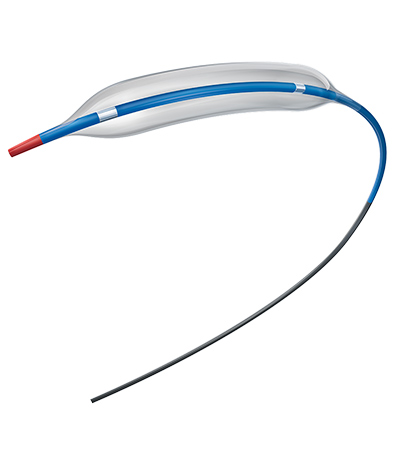-
Products
-
- Featured Products
- Supraflex Cruz
-
- Professionals
- Patients & Caregivers
- Investors
- About SMT
Main navigation
What are the types of balloons?
- Non-compliant (high-pressure) balloons are commonly made of polyester or nylon. These balloons are used for applications in which the balloon needs to expand to a specific diameter and exert high pressure to open a blockage or to dilate the vessel.
- Semi-compliant (mid-pressure) balloons are commonly made of Pebax or higher durometer polyurethanes. These balloons are used in applications that require mid-high pressures but need more compliance than a non-compliant balloon and more flexibility to ease delivery.
- Compliant (elastomeric) balloons are typically made of polyurethane or silicone. These balloon are inflated by volume instead of pressure. They may be inflated from 100% - 800%. They are mostly used in applications that require the balloon to fully conform to or occlude the anatomy.

- In order to decrease time required for inflation or deflation, the catheter should be designed in such a manner so as to maximize cross sectional area of the inflation lumen.
- The catheter should be able to easily advance through the blood vessel regardless of the anatomy of the blood vessel.
- Catheters with a low profile can be inserted through a small incision site and thus require less time for the patient recovery.


